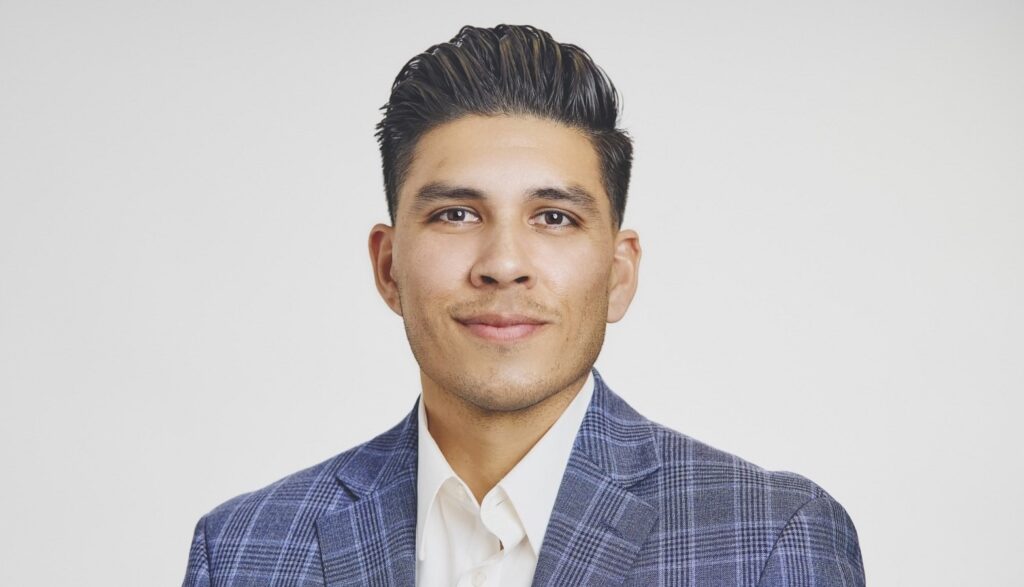Bristol Hospice has been a prolific buyer in the hospice M&A market, but the company is now leaning heavily into its de novo strategy.
The Salt Lake City-based hospice provider opened double-digit numbers of de novos last year with expectations of doing the same in 2024. Bristol Hospice, which is backed by the private equity firm Webster Equity Partners, employs more than 3,000 staff in close to 80 locations across 18 states.
Hospice News spoke with Bristol CEO Alex Mauricio at the Home Care 100 Conference in Scottsdale, Arizona, to talk about the company’s growth outlook for 2024, its speciality care coordination program and opportunities for hospice providers in the assisted living space.
 Bristol Hospice
Bristol HospiceHistorically, Bristol has been a very active acquirer, do you anticipate more deals in 2024?
I think so, if there’s something that makes sense for our footprint. There’s a pretty high bar in terms of when we look at deals.
We feel good about our existing locations and are really excited about our new starts or de novo locations. We opened a double-digit number in 2023, and they’ve been phenomenal. We’ll do the same this year.
What led you to pivot from the primarily acquisition-based growth to the de novo strategy?
I think there was a desire from the Webster team to really look at this. When I joined, [de novos] were kind of my forte. That was my background. I did that for the previous four years in my last position. That, in combination with my division leader of the new starts now, we had that experience there that lends itself well to our business.
We would like to focus in-house. We have some core specialty programs here [focused on sleep hygiene, care coordination within facilities and dementia care]. With our relationships, our organization, our clinical model when it comes to the care delivery, we can grow organically and make that our focus.
I am interested in hearing more about the enhanced care coordination program with skilled nursing facilities.
It’s been in place for a couple of years. We want to create space for clinicians to be more interwoven and be essentially a part of the fabric of whatever facility or partner that we’re with.
We don’t just look at a referral source and say, “Hey, can we have another patient?” We want to become a committed partner, and you do that by making time and energy towards a unified approach to take better care of that patient. Because they are still the [facility’s] patients as well. They still reside in that building or that community.
If we come to them and say that we’d like to meet once a month or every couple of weeks just to make sure we’re going to provide the best care that your patients need. We do interdisciplinary teams (IDT)] on our own as a hospice, so we can do IDT in their building or talk with them and share notes about the care.
Your teams have a practice of talking to three people on their way into the building and three people on the way out. Who would those people be, patients or staff or someone else?
It could be anybody. That’s how you establish a partnership. I’m going to talk to the front desk. The front desk knows the person that’s coming in and talking to them. They’ve seen the families coming in and out. They develop a relationship with the family.
There’s some synergy there in making sure that we are a trusted vendor that they work with and a good partner. Our teams are there all the time. They’ll stop by and talk to the med techs, the nurses in the buildings, the nursing director, the resident care director, all the decision makers.
That goes into that process of developing the relationship with the patient or family and the decision makers on how that referral comes to be. Because it’s not always just the hospital that refers the patient.
It’s making sure you’re not being a ninja, sneaking in and sneaking out. Be proud of the organization you’re working for and go talk to the folks that are just as committed to that patient as you are.
What kind of results do you see in relation to outcomes as you’ve augmented the coordination?
I think our growth speaks for itself. I think that just happens from following that process all the way around. It’s hard to classify by individual site. But our organization grew double digits last year organically, and so that only happens if you’re following that process across the board, all of our branches at every local level.
We did a survey of our readers not too long ago and a lot of the respondents said that the biggest opportunities they saw for 2024 were in the assisted living space. Would you agree with that? And if so, what do you think some of the factors there would be?
It’s going to vary depending on the organization, because there’s going to be some organizations that are heavily facility-based. The senior living market is a market that needs care. It’s a non-medical environment. So when you have providers that are doing home health or hospice, it’s a much needed service value-add.
They need them, because they don’t have nursing services. Maybe they have one nurse that is doing med management or communicating with the physician on the property and representing that skilled service. For us, we can come in there. We have a pretty robust care model.
We feel good about being a partner, because our nurses come two or three days a week minimum. We’re not doing that once every 14 days minimum that [the U.S. Centers for Medicare & Medicaid Services (CMS)]. If it fits the care plan, we’re going to be there multiple times a week.
So they’re getting multiple touch points in a non-skilled environment from a provider like us or a home health. So there’s a ton of opportunity, but then you have aspects from a financial standpoint. Assisted living traditionally tends to have longer length of stay patients. And so then you worry about the [payment] cap. That’s a very real thing, and if you’re going to try to grow your business through length of stay in assisted living, you better have some initial volume coming from somewhere else to make sure you’re not coming up against cap.



